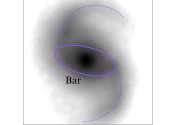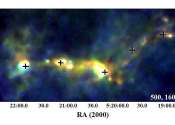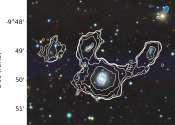Mapping the Milky Way's magnetic field in 3D
We are all very familiar with the concept of the Earth's magnetic field. It turns out that most objects in space have magnetic fields but it's quite tricky to measure them. Astronomers have developed an ingenious way to measure ...









